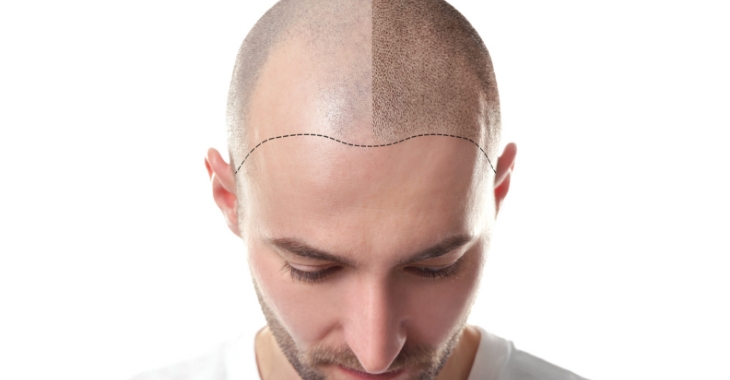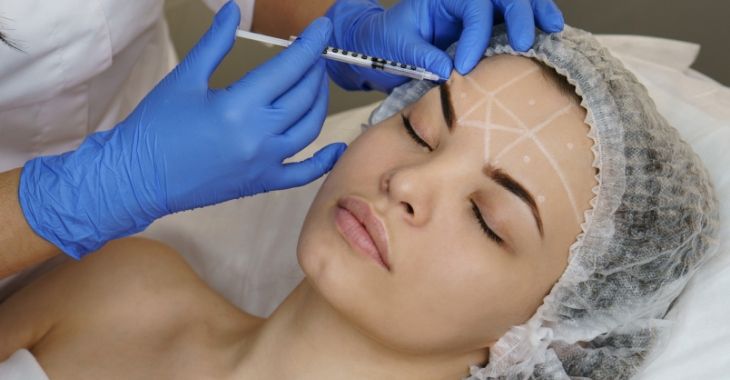What Is Non-Invasive Body Sculpting?
Would you like to change the appearance of your body, especially areas that have excess fat deposits? Diet and exercise can only go so far in changing your body shape. Often, there are areas that are resistant to fat loss, even with the most stringent diet and exercise program. One option to consider that can aid in your body transformation is non-invasive body sculpting. Here is some information on this treatment and how it can help you get the body-shaping results you desire.
Body sculpting or contouring without surgery or other invasive methods can be achieved with light therapy. Treatments like SculpSure use light therapy to target areas that have been difficult to reduce through diet or exercise. For women, common areas tend to be in the abdomen and hip region, especially after pregnancy. This approach uses light therapy to disrupt the fat cells. Once the cells are damaged through the targeted light therapy, the body naturally absorbs the cells and the area is reduced in size.
What to Expect During Your Body Sculpting Treatment
Body sculpting through light therapy in painless and quick. Most sessions only take about 30 minutes without any injections or downtime required. Results can begin to be noticeable within six weeks, with more reduction by week 12. This is a perfect solution for targeted fat loss on a busy schedule – you can even do your session during a lunch break from work.
If you are tired of struggling at the gym to lose those extra pounds from targeted areas, consider seeking light therapy treatment. Since many women desire this treatment when trying to lose baby weight after pregnancy, this treatment can be found at some OB/GYN clinics. Find a local clinic that offers this revolutionary way to contour your body for fast, effective fat loss.
Posted on behalf of:
Solace Woman’s Care
690 S Loop 336 W Suite 220
Conroe, TX 77304
(936) 441-7100
The information provided on this website, including text, graphics, images, and other materials, is intended solely for informational purposes and should not be used as a substitute for professional medical advice, diagnosis, or treatment.


)